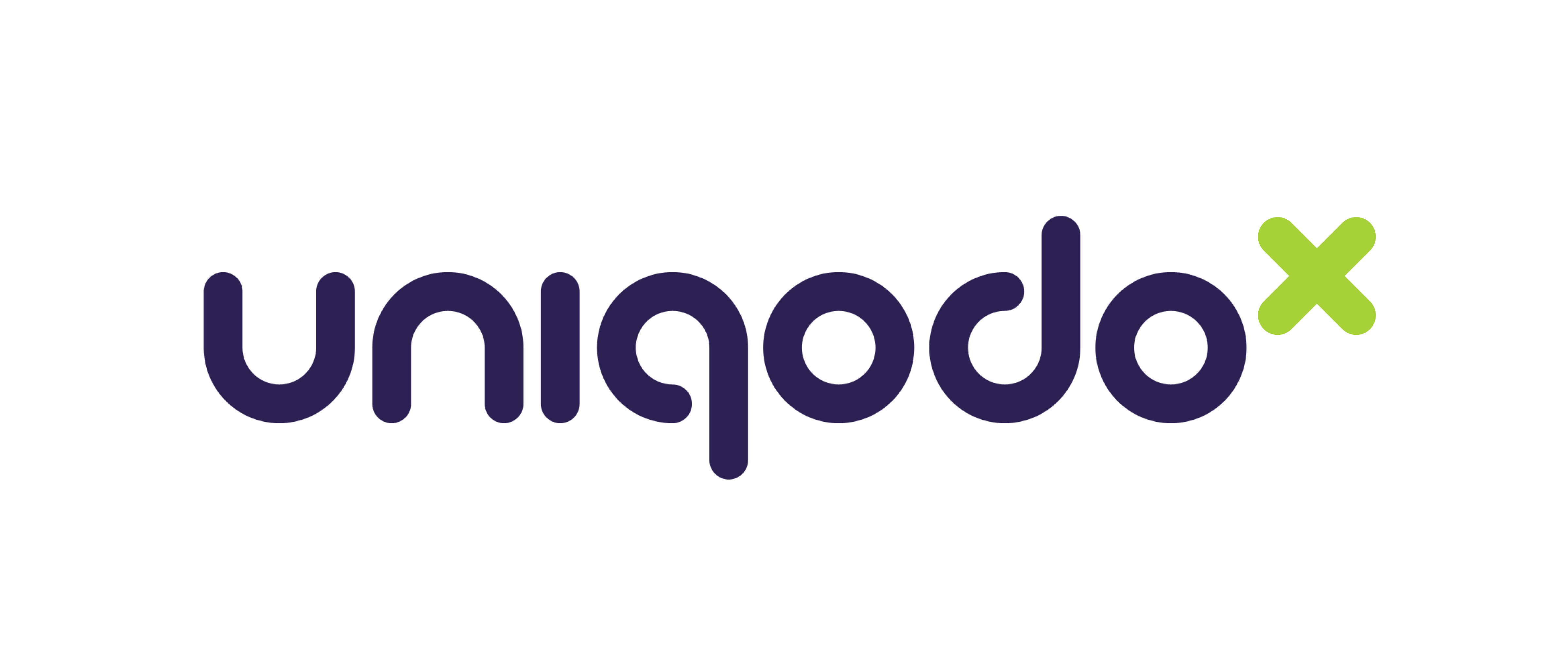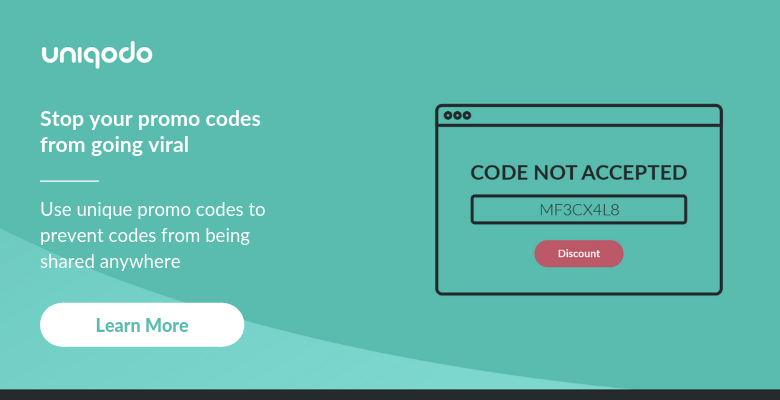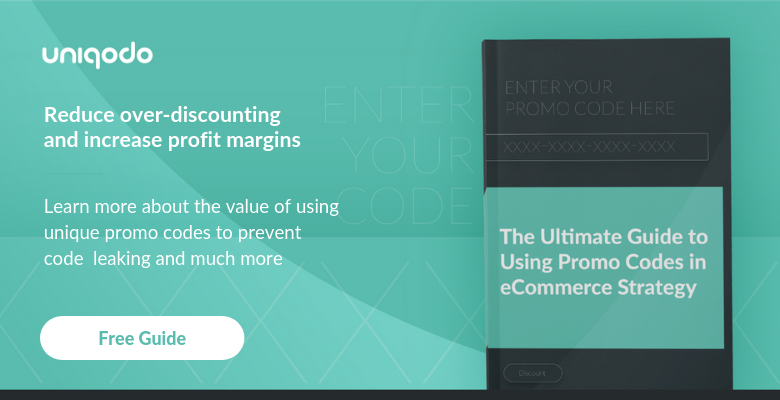Within eCommerce, businesses can’t afford to not use a coupon marketing strategy. Implementing the strategies correctly, however, is where it becomes challenging.
Many businesses try and fail to offer coupon codes and other enticing discounts to persuade shoppers to spend more, but they often go in without any preparation or reasoning behind their tactics. This is a mistake — in an age where customers will scour the internet to get the best price, you need to be going above and beyond to ensure you’re attracting the right consumers.
In this article, we explore 5 pitfalls of coupon marketing strategies and cover how you can avoid them! Let’s begin.
1. Sloppy messaging that isn’t personalised
You may be inclined to believe that the discounts in your coupon codes speak for themselves. But this is a fallacy. You know what the difference between an irrelevant email and an irrelevant email with a 20% coupon is?
In the eyes of your target audience, probably none at all.
If you’re wondering why so few recipients engage with or even open your outgoing emails containing coupon codes, despite generous discounts, it’s likely because the messaging doesn’t speak to them, their preferences or their needs.
The reality of relevance
Let’s not forget that the average inbox is deluged with promotional messages with brands on a daily basis. Your customers and prospects are busy and their free time to open automated emails is limited. They’re less likely to engage with offers that don’t feel exclusive to them.
In today’s market, fickle customers don’t just appreciate personalisation… they expect it. Indeed, 79% of consumers feel that they’re unlikely to engage with discount offerings from brands unless they’ve been tailored to their past interactions with a brand (i.e. previous purchases and browsing history).
Personalised messaging ideas
The good news is that there are lots of fun ways to lend resonance to your campaigns through personalised messaging. Try extending a customer a birthday greeting via email, and be sure that your email contains a birthday treat just for the recipient, like a unique discount code that’s just for them. Or maybe a celebratory coupon to mark their anniversary with your brand a year after they placed their first order.
Alternatively, you could use personalised coupons as a means to combat shopping cart abandonment. You could send an email reminding them that they have a cart full of goodies just waiting for them, and if they’re still on the fence perhaps a unique coupon could help them climb down? Be careful when employing this, however. You don’t want to start training your customers to constantly expect discounts (more on this later).
Too much information!
At the same time, however, brands should be wary of over-personalisation. Only 43% of consumers want to exchange personal data with companies in order to save money. If they feel like you know a little too much about them, it could freak them out and cause them to question your brand’s ethics.
2. Damaging the reputation of your product
A discount is always a good thing, right? Well, not necessarily. If they’re doled out too liberally they can actually damage the reputation of your product and cause customers to question its value. Think about it! If customers frequently have access to a product at a discounted price, they’re far less inclined to ever want to buy it at its full retail price. What’s more, customers may see your profit margins as over-inflated or feel that the product isn’t worth its RRP.
This is why you should avoid giving discount coupons away arbitrarily and always have a reason for them. It’s also a good idea to add value in other ways such as offering free shipping or having limited-time Buy One Get One Free offers.
It all comes back to personalisation and finding the kinds of offers that speak most eloquently to the psychology of your target audience.
3. Viral codes
Viral codes aren’t always a bad thing. If the only goal of your coupon strategy is to promote brand awareness, they can actually work in your favour. However, their very nature makes them prone to misuse in ways that can hurt your profit margins.
Viral codes are not exclusive and they aren’t targeted to the need of users and user groups. As such, they lack the personalisation that the majority of today’s consumers demand from their deals. This limits their applications. You can’t use a viral code as a birthday treat because it’s not just for the intended recipient and this cheapens the offer. Likewise, they can’t be tailored to users’ previous interactions with your brand.
If you want to use viral codes you’ll need to put some time and effort into using them effectively. You should use them for limited periods and avoid using the same promo code more than once. You will also need to track your codes rigorously and stay vigilant for any potential signs of code misuse like abnormal spikes in website traffic or anomalies in user behaviour. It’s also worth integrating ‘misuse’ into your campaign plan. This means building in enough of a margin to be able to take the hit if your codes are misused. However, this will inevitably mean offering less generous discounts and reducing the value of the campaign for the people who want to engage with you.This is why unique, single-use codes are by far the superior choice when implementing cost-effective and resonant coupon marketing strategies.
4. Treating every channel the same
Different channels deliver different outcomes, especially when you factor in the different demographics of your target audience. Some channels will resonate more strongly with consumers within a certain age group while some lend themselves better to particular functions than others.
Email campaigns, for example, are great for targeting shopping cart abandonment and customer loyalty schemes. They’re great for targeting busy professionals who check their emails often and bargain-conscious consumers who usually raid their inboxes for great deals.
Influencer marketing
If, however, you’re trying to engage younger audiences, these digital natives may not check their emails as often as their Gen X counterparts. They have been conditioned to scour promo code sites and social media feeds to find brands, products and offers.
Using influencers is also a great way to target new, younger audiences. Millennial consumers trust influencers because they’re consumers too. They trust the word of their favourite influencers (in many cases more than they trust their own friends or relatives). Provide influencers with their own unique promo code to use on their podcast or YouTube channel and you could introduce your brand to a whole new audience with appealing promotional offers.
Creating evangelists
You can even use promo codes to turn your existing customers into evangelists for your brand. Anyone who’s ever used Uber after receiving a promo code from a friend, relative or colleague has already seen this in action. Both the referring customer and the new customer get a discount the next time either uses the ride-sharing service. That’s two happy customers evangelising on behalf of the brand!
Go old school
If your brand or products target an older audience that spends less time in the digital realm, you can even go old school and use physical promo codes disseminated through direct mail or local newspapers.
Whichever channels you choose, make sure that they’re tailored to the lifestyle and habits of your target audience.
5. Training your customers to expect promotions
The last thing you want is to become so predictable that your customers know how to trigger promotions. This is a particular pain point when it comes to shopping cart abandonment, as we discussed earlier.
If you’re too liberal with your promotional codes and distribute them to anyone who abandons a shopping cart within minutes of leaving your website, customers will quickly get wise. They could start abandoning their carts routinely with the expectation of a discount.
Keep customers guessing. Mix things up. Use promo codes less often or perhaps substitute them with other, less generous codes occasionally. When you become too predictable in your offers, you leave yourself open to code misuse.
Focus on outcomes, automate your processes and be creative
In order for any coupon marketing strategy to be successful, it needs to be created and managed in line with specific goals. Are you trying to promote brand awareness? Lure back lapsed customers? Encourage customers to refer their contacts to your business? Target shopping cart abandonment?
Every goal will dictate how you roll out and manage your campaign, and each has its own logistical caveats.
Fortunately, automation can be a tremendous help with this. And the same software that creates unique single-use discount codes can also automate the process of distributing them through the proper channels.
Customers expect personalised promo codes and through automation, you can give them what they want at a minimum of effort. This can free you up to get creative and provide offers to wow them without being hampered by logistics.
Automation makes it easy to create codes with time limits for scarcity marketing, ensuring greater code use. After all, no one wants to miss out on a good deal! It can also make gamification easy by generating mystery codes with discounts randomly generated within set parameters. Mixing up your coupon marketing strategies will attract more customers and keep them coming back to you.
With the right software, creating engaging and effective coupon marketing campaigns is easy!





Subscribe to the Blog